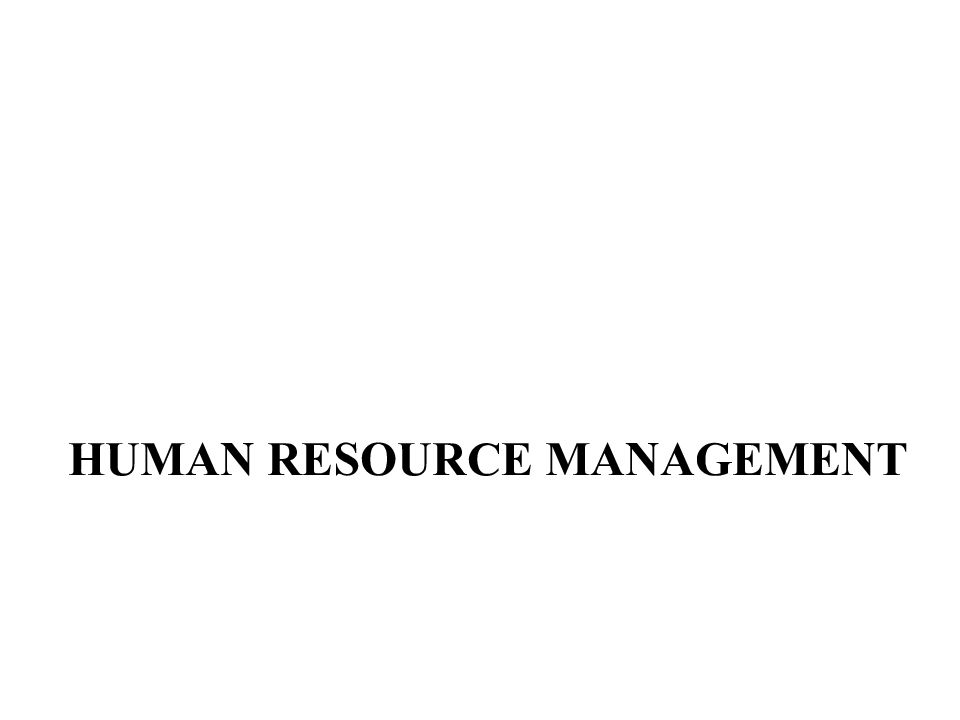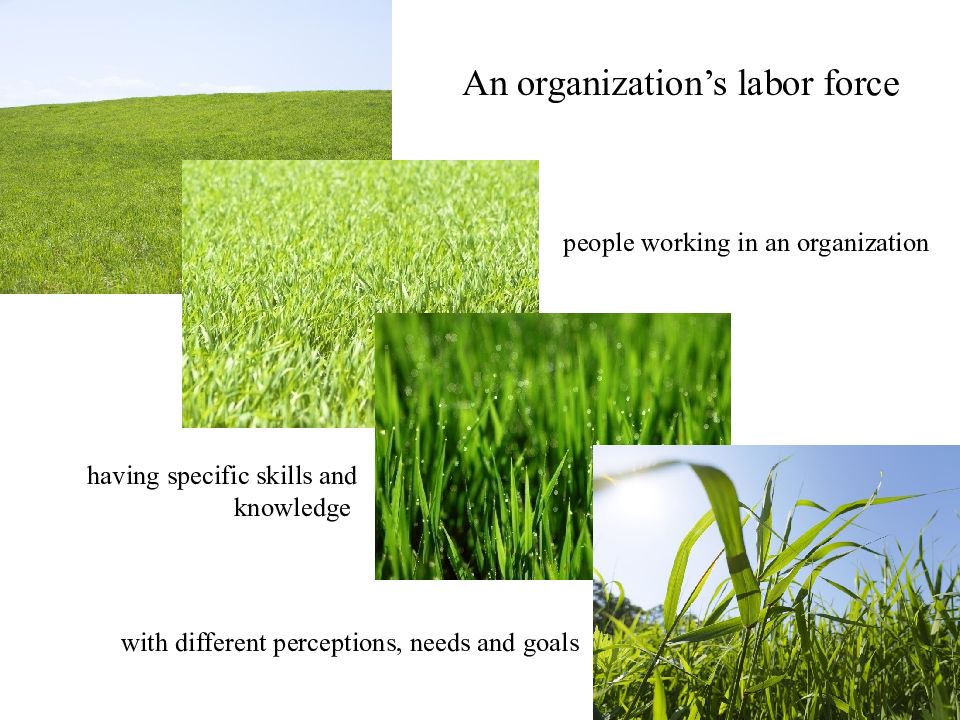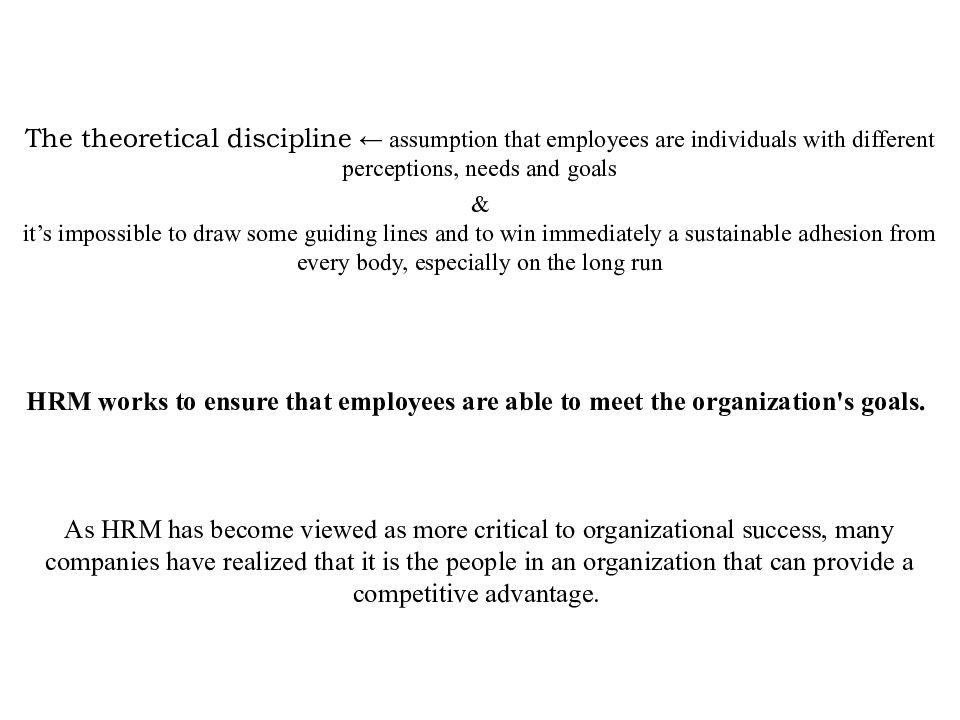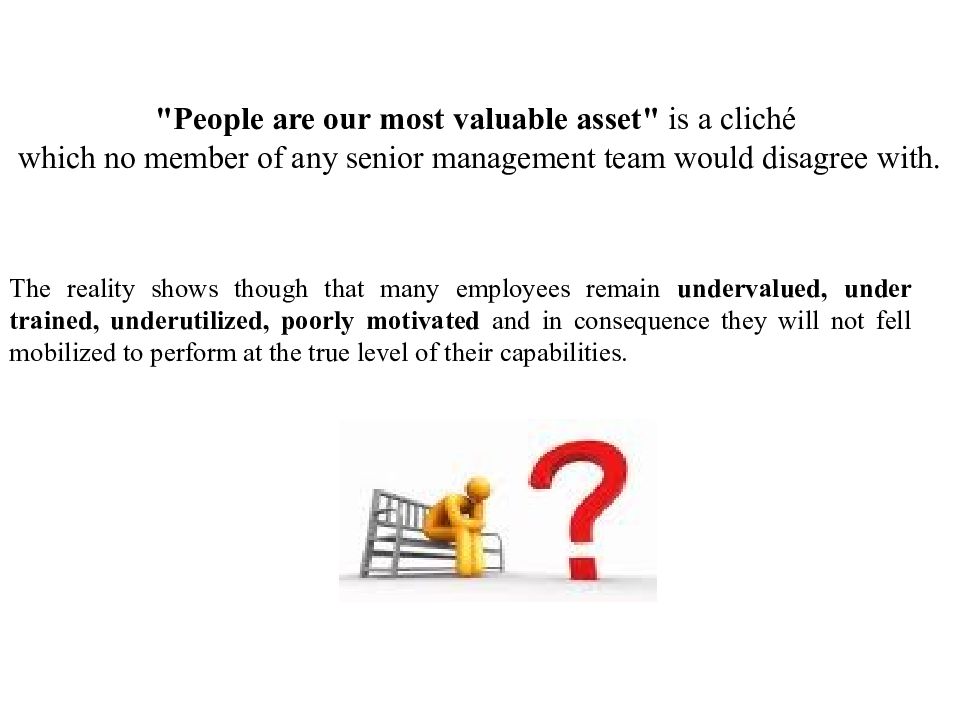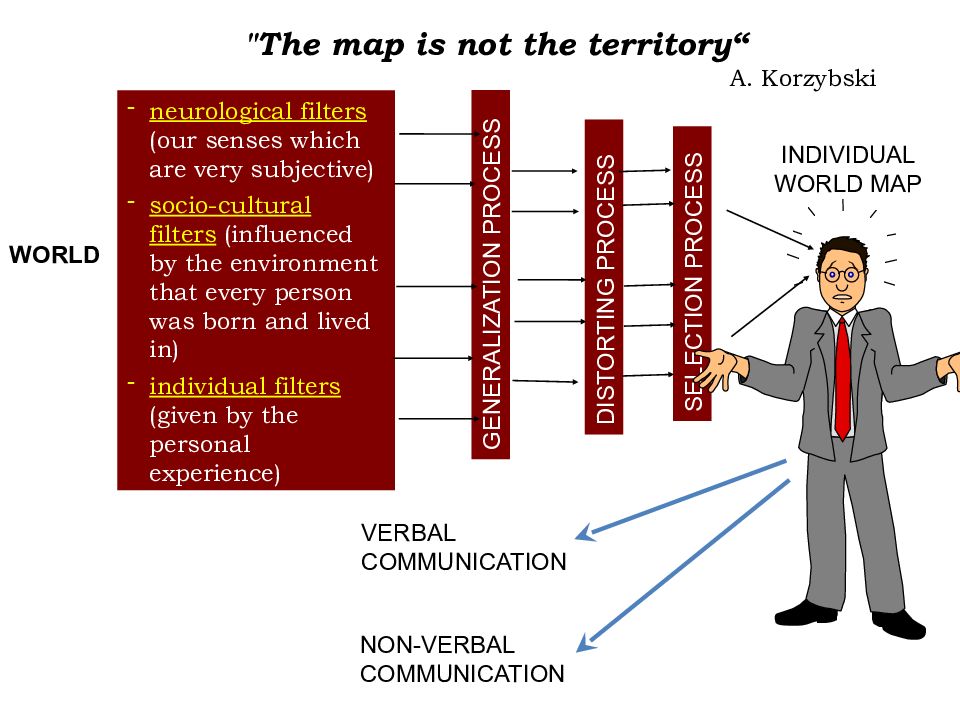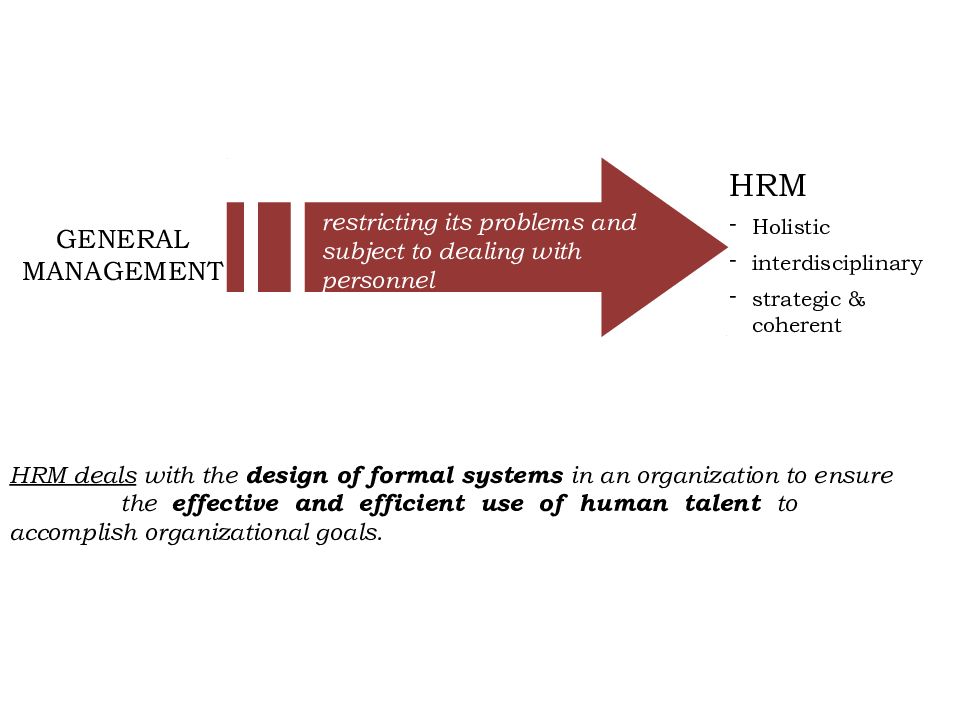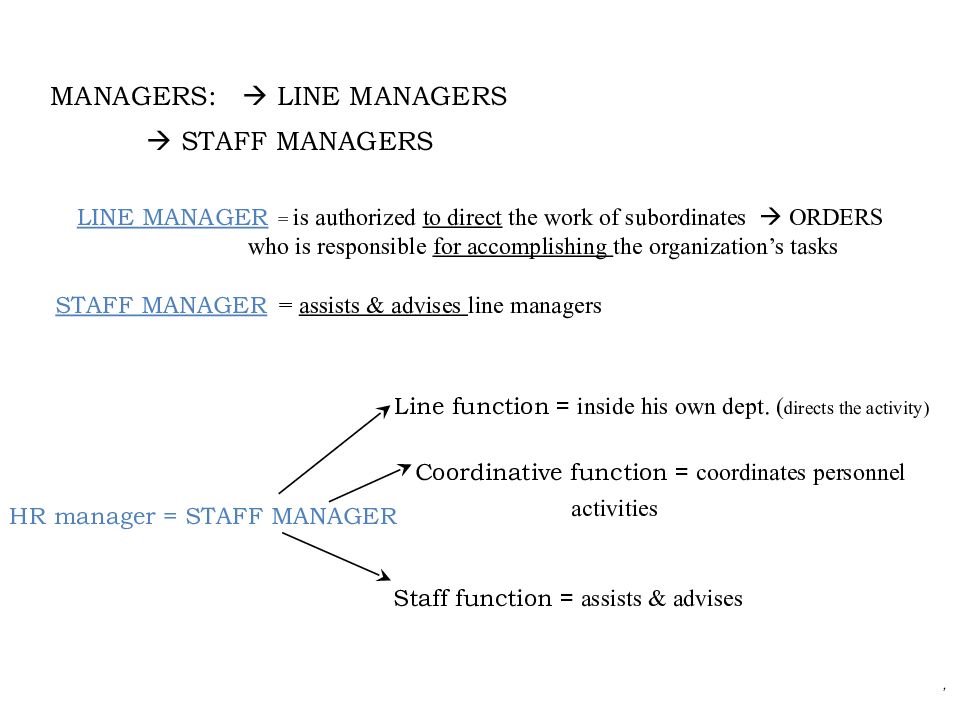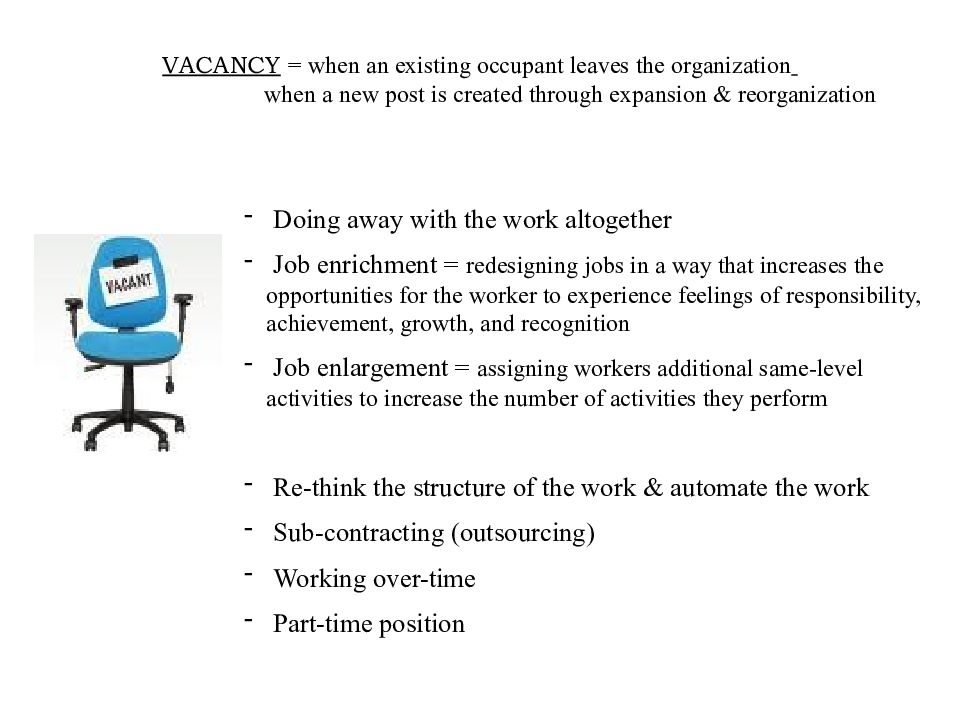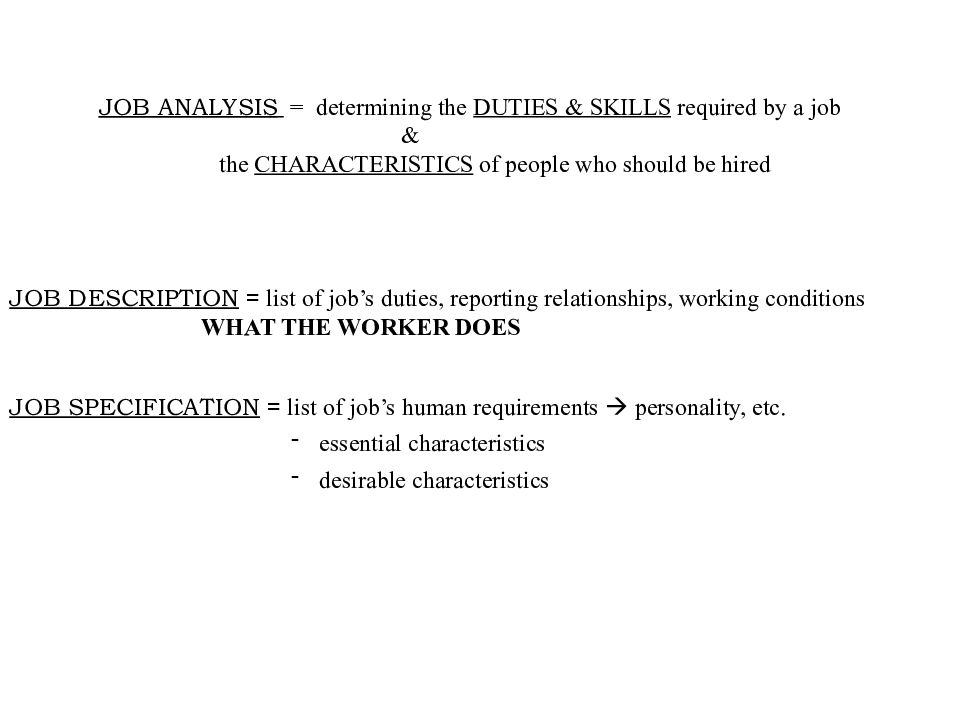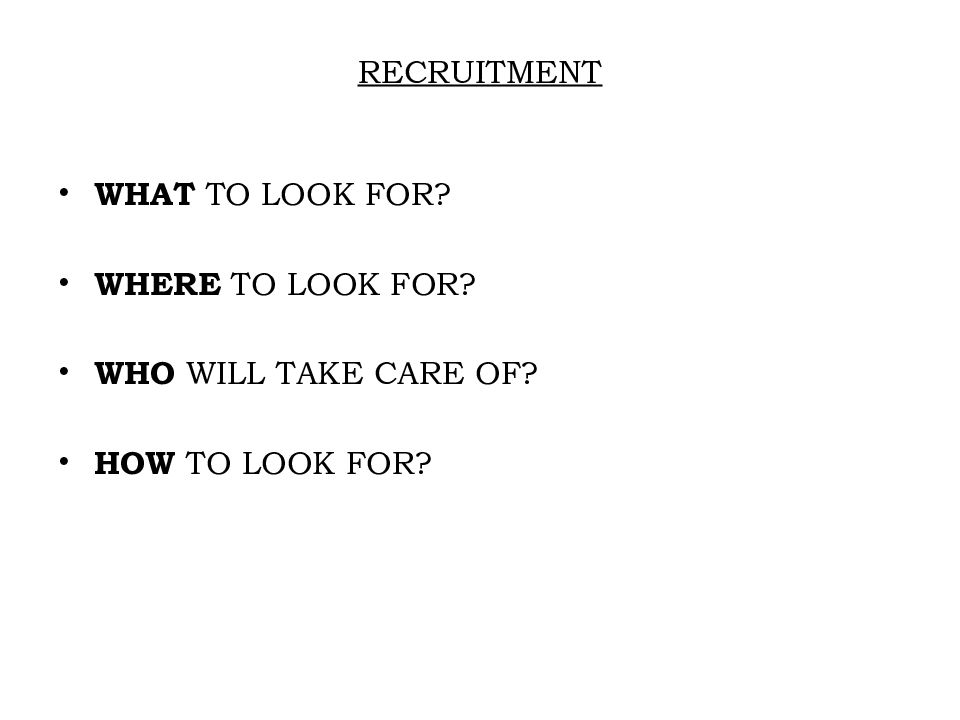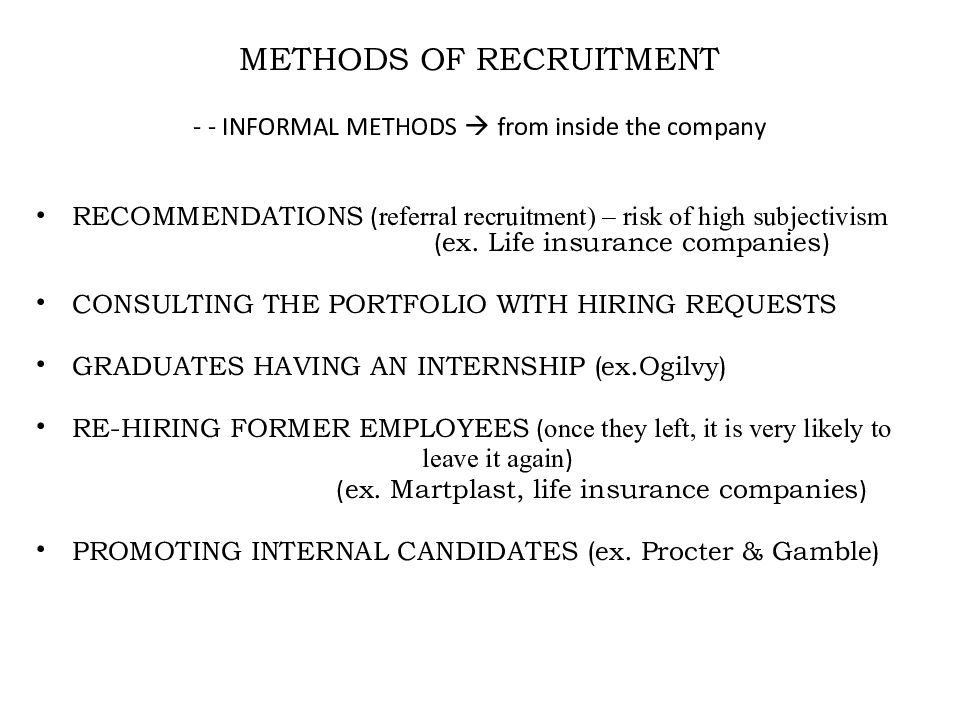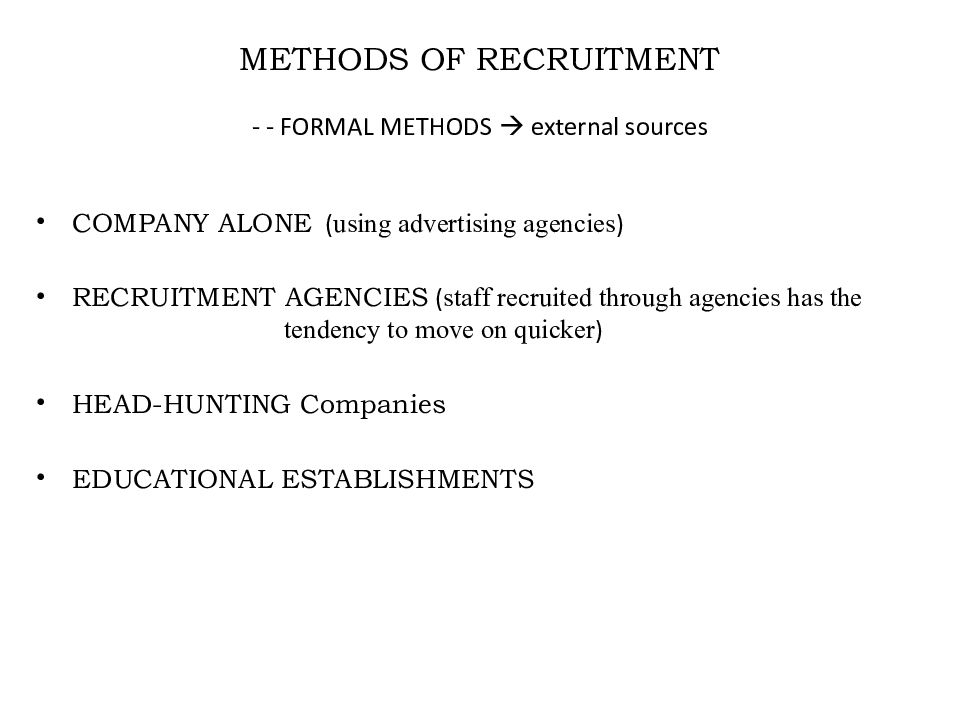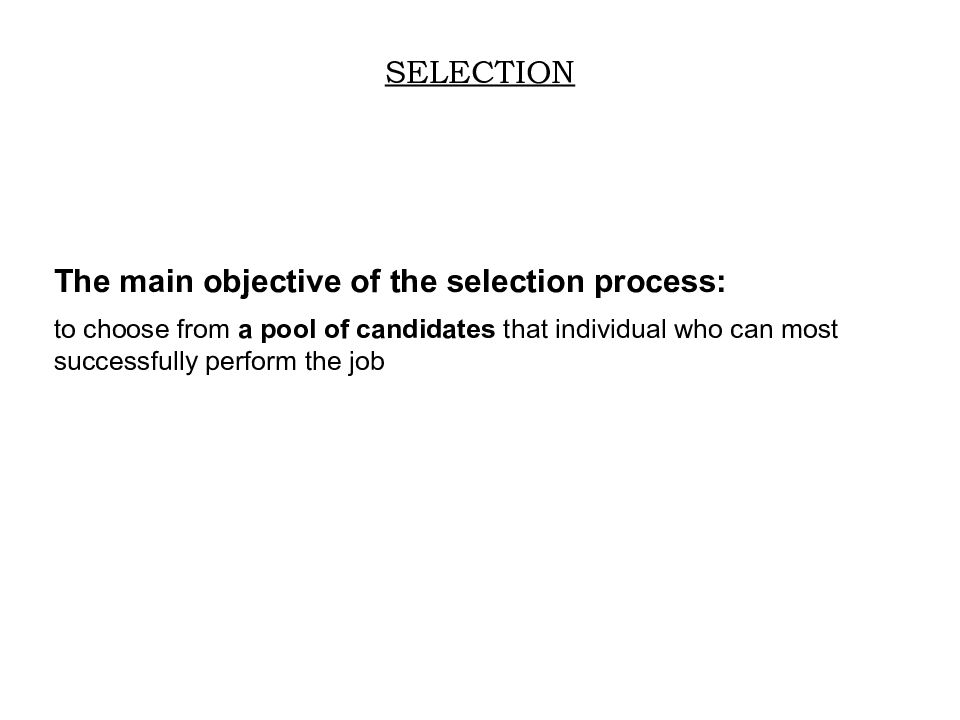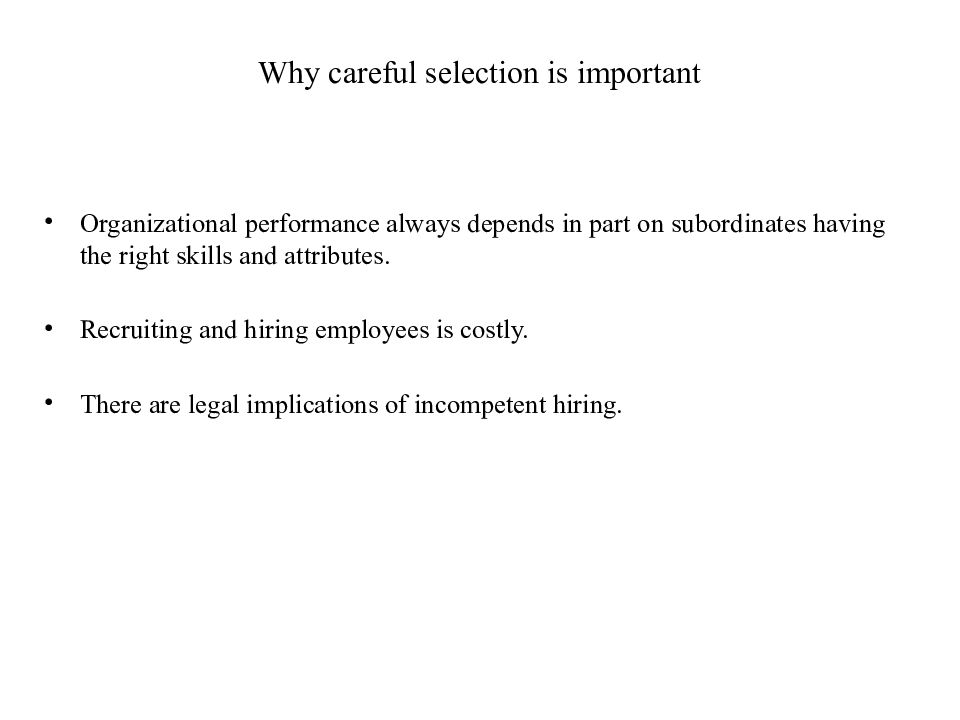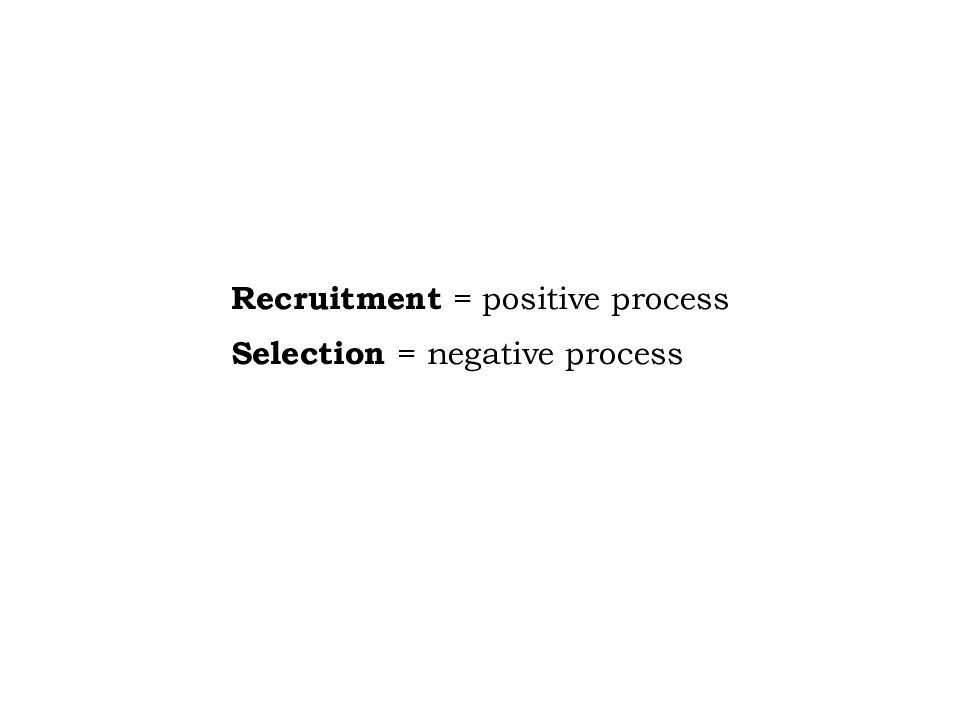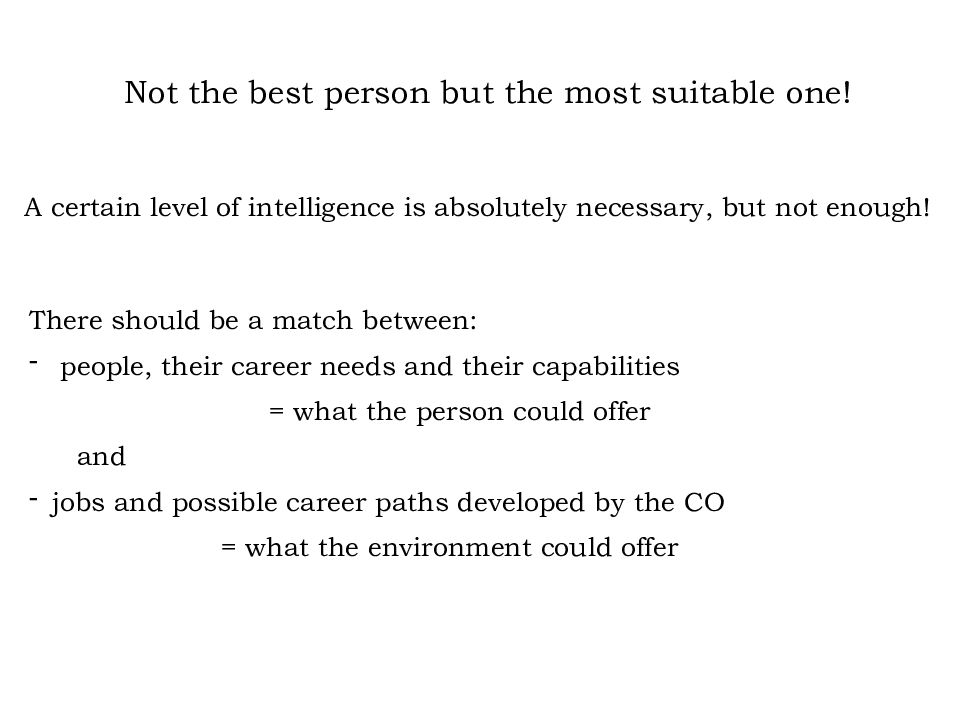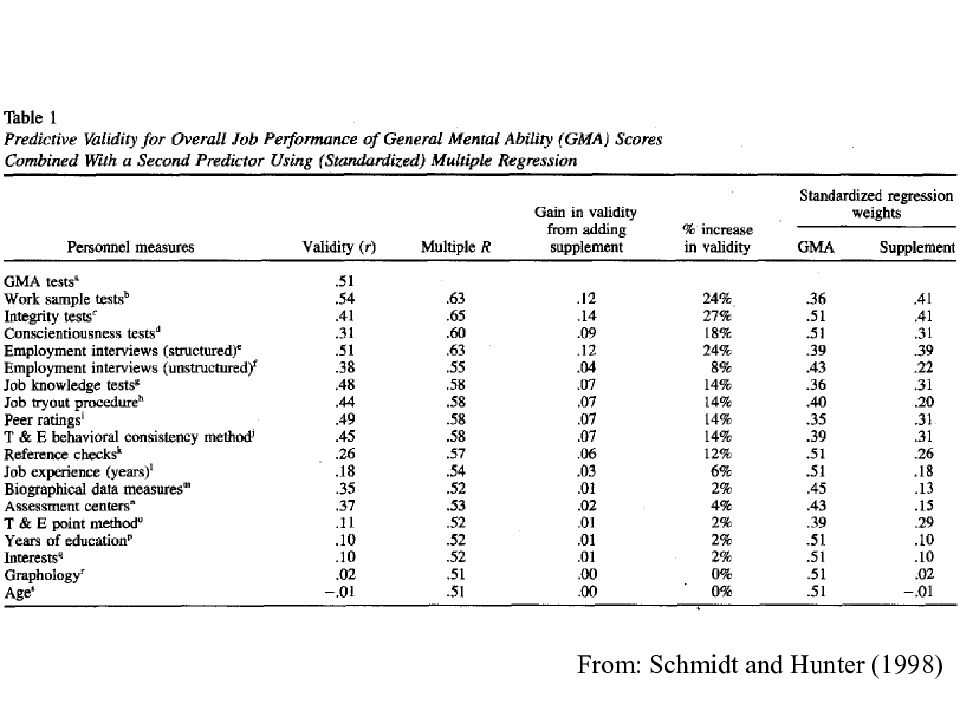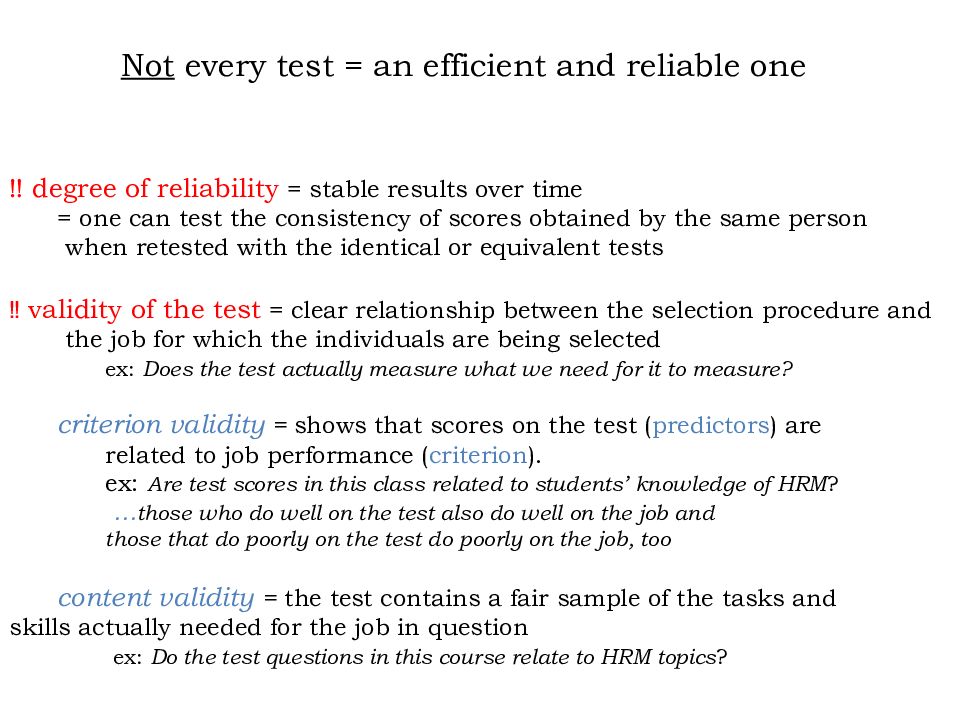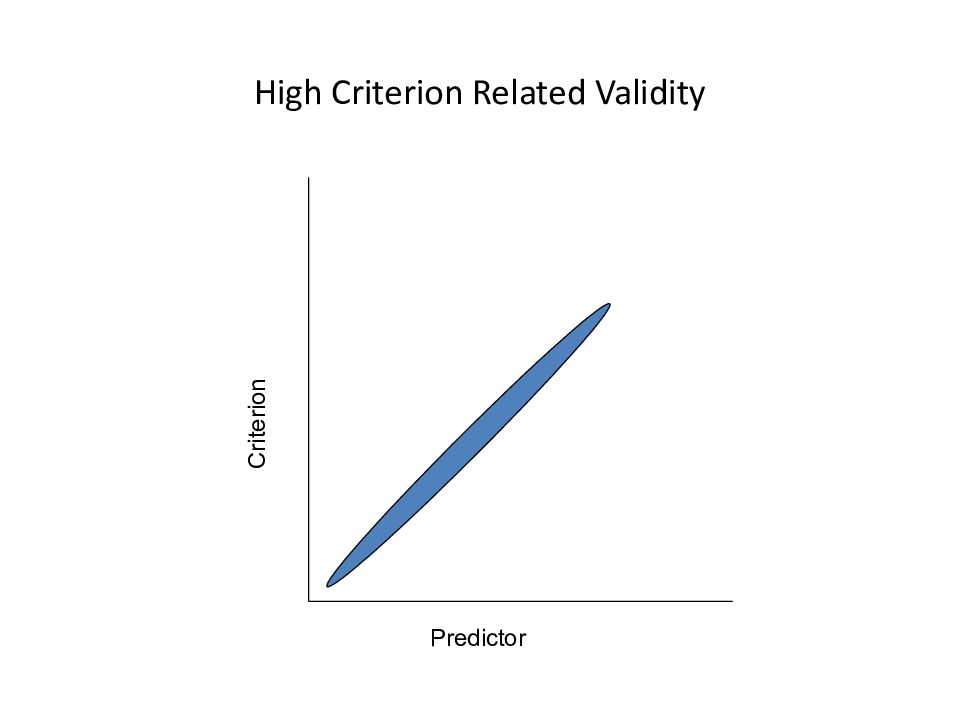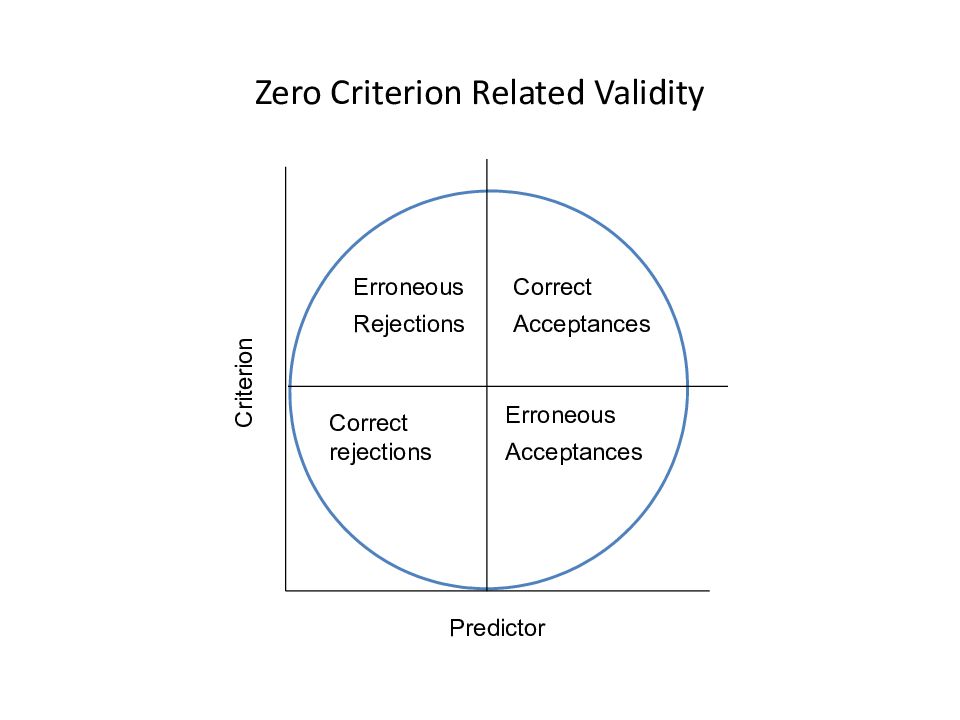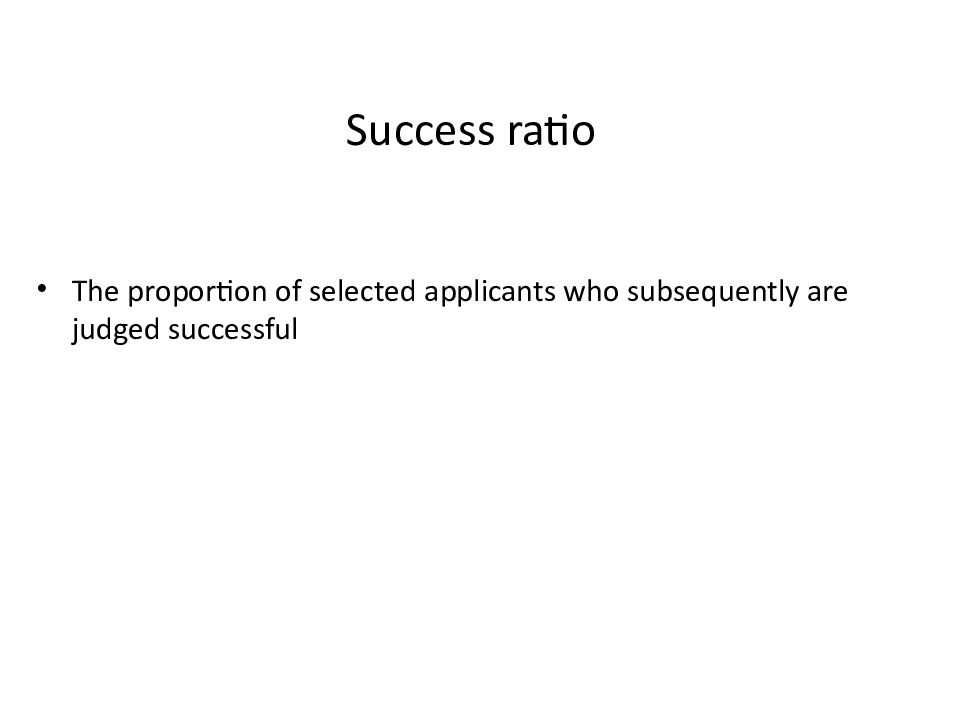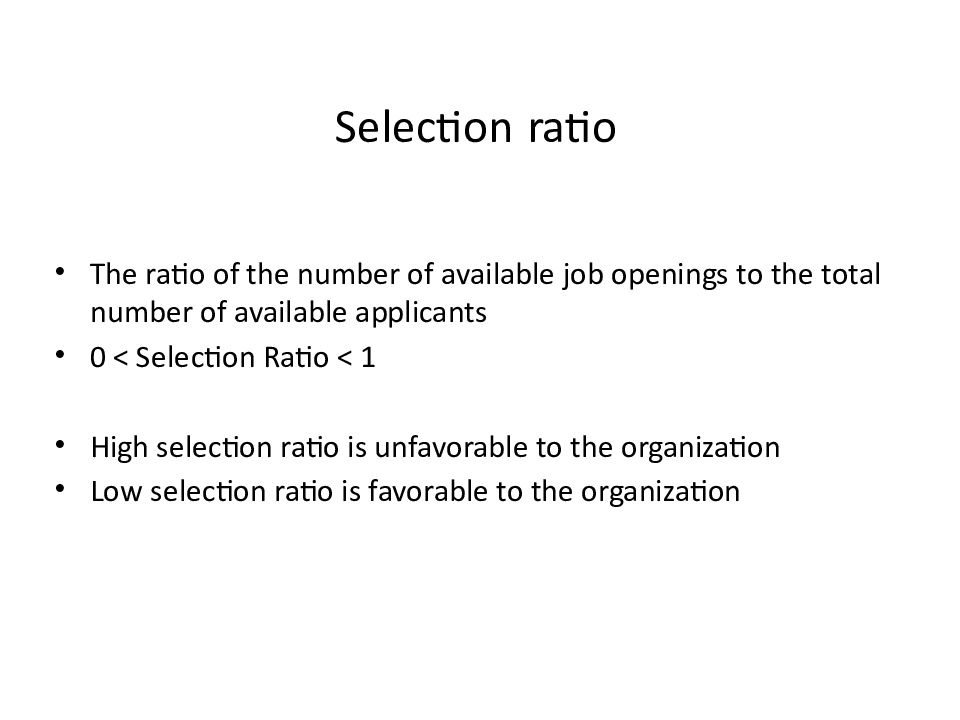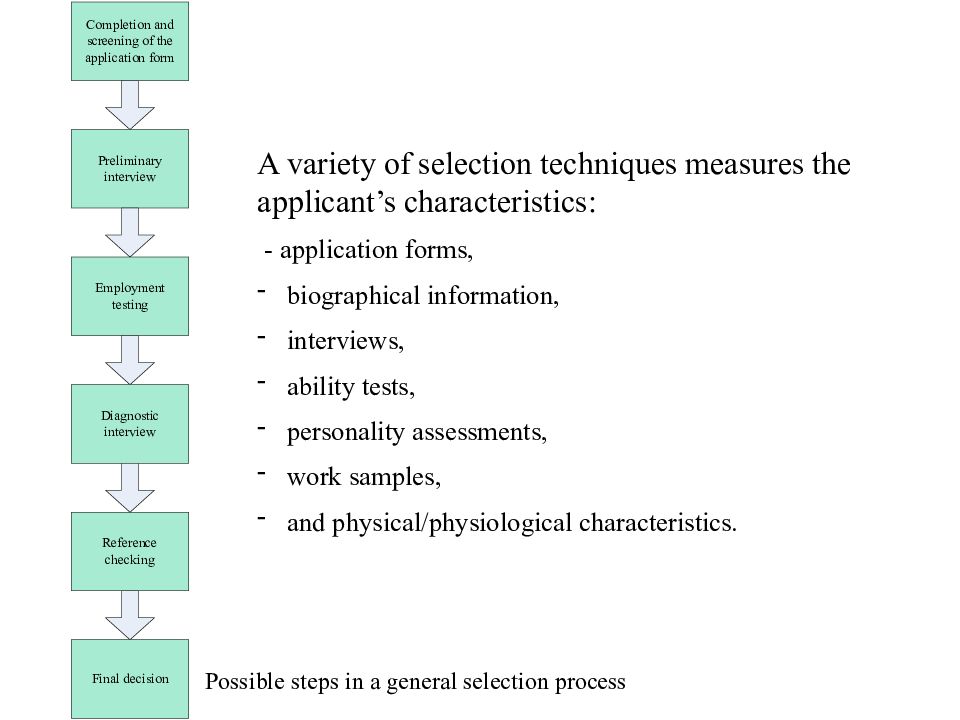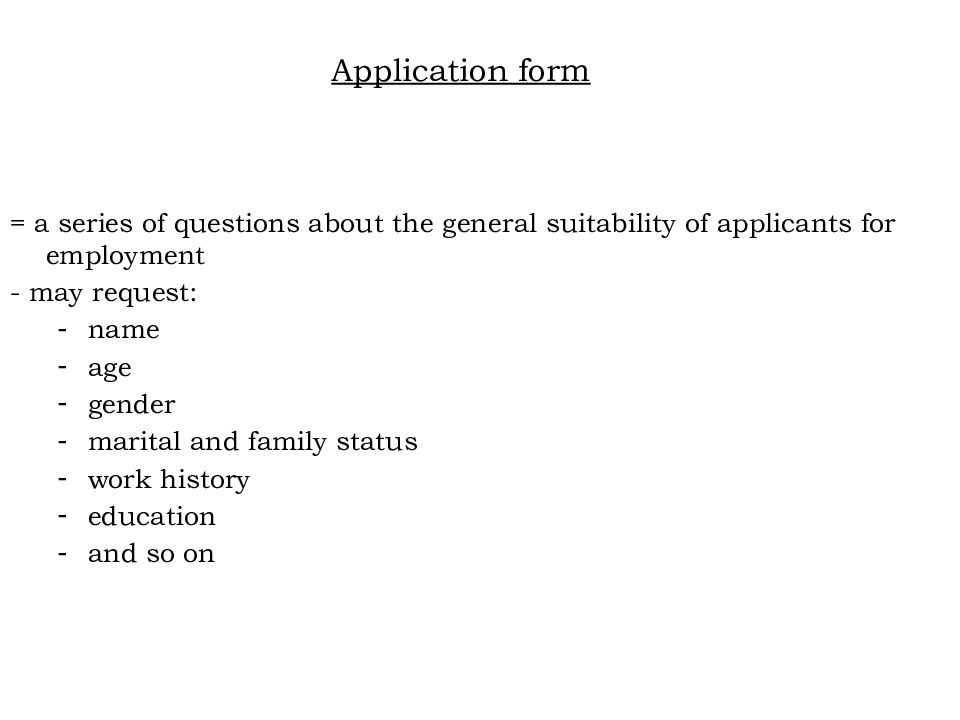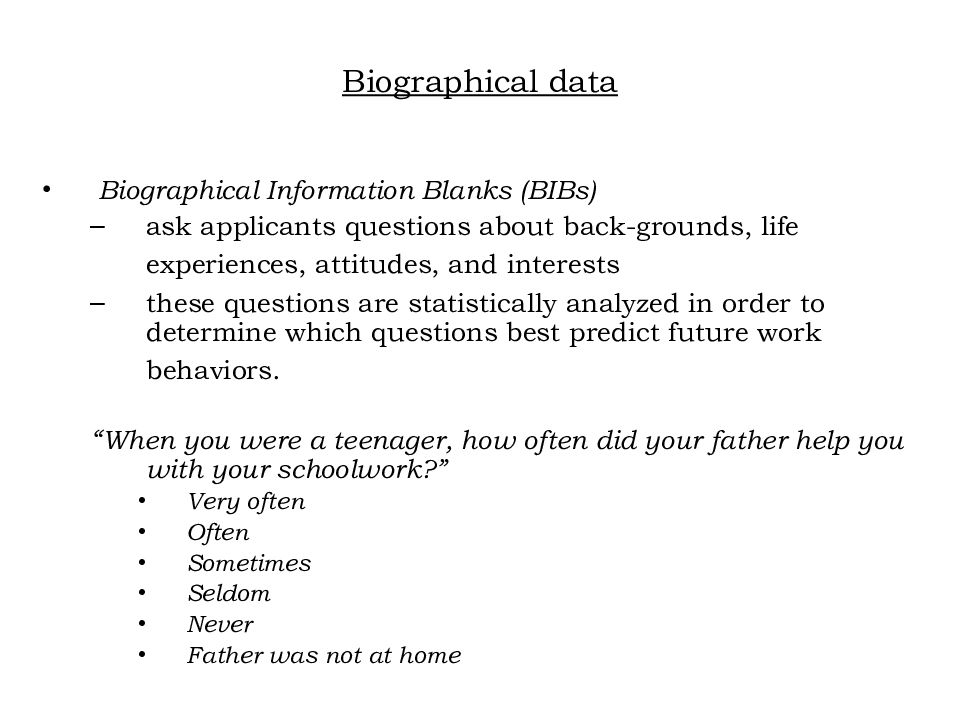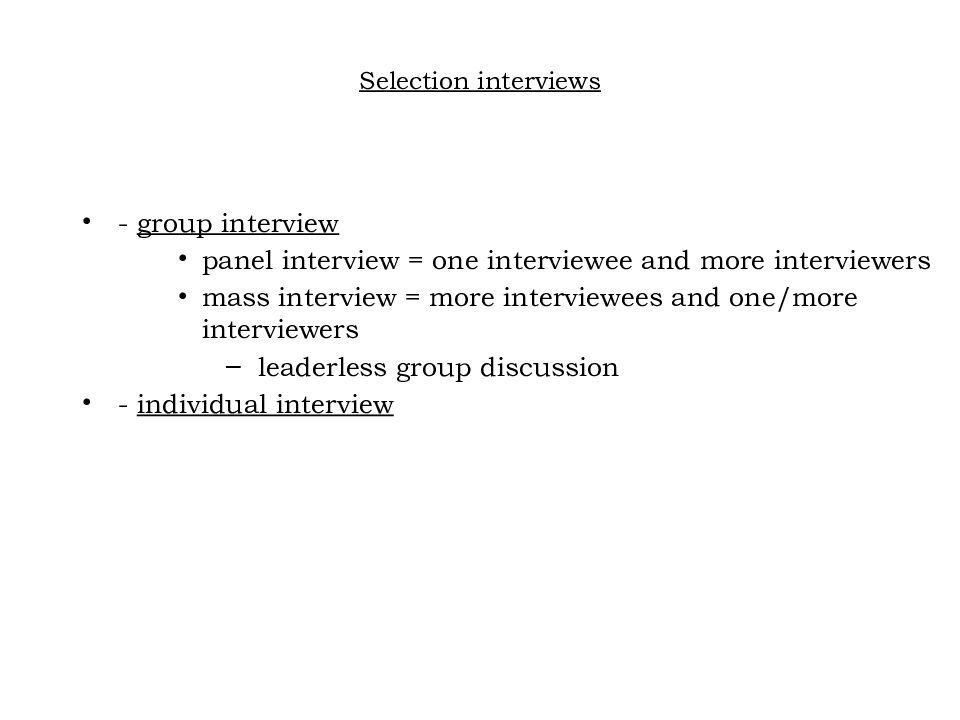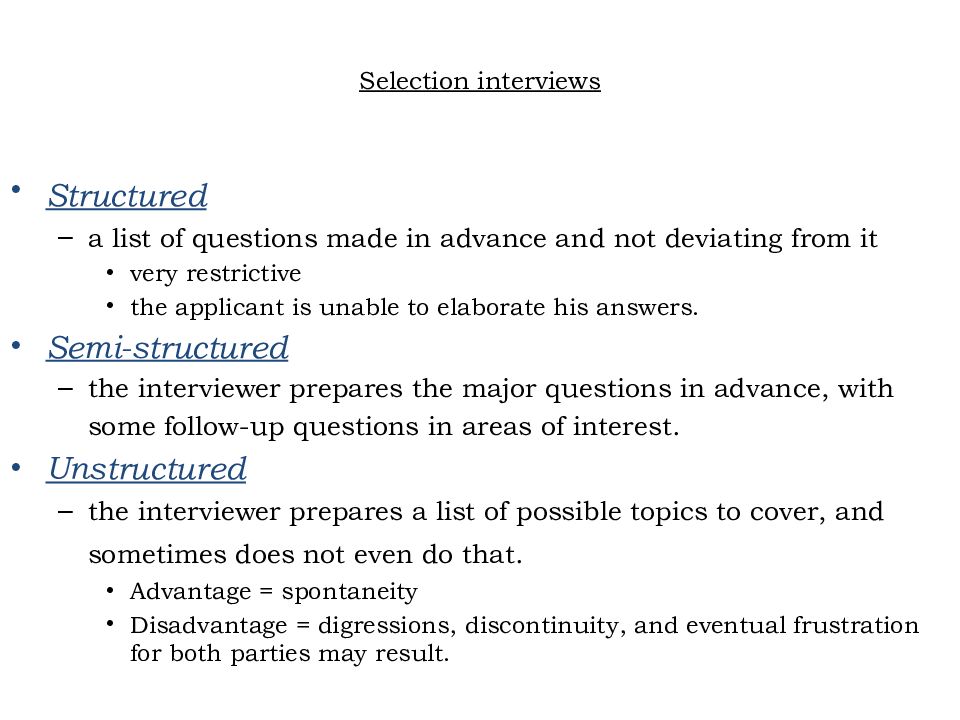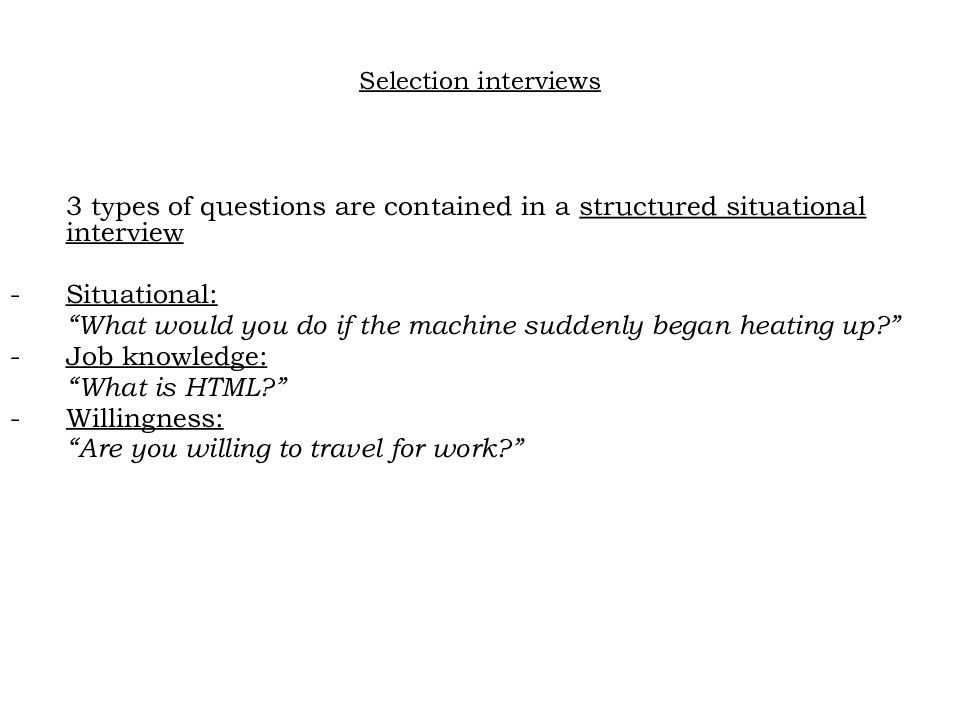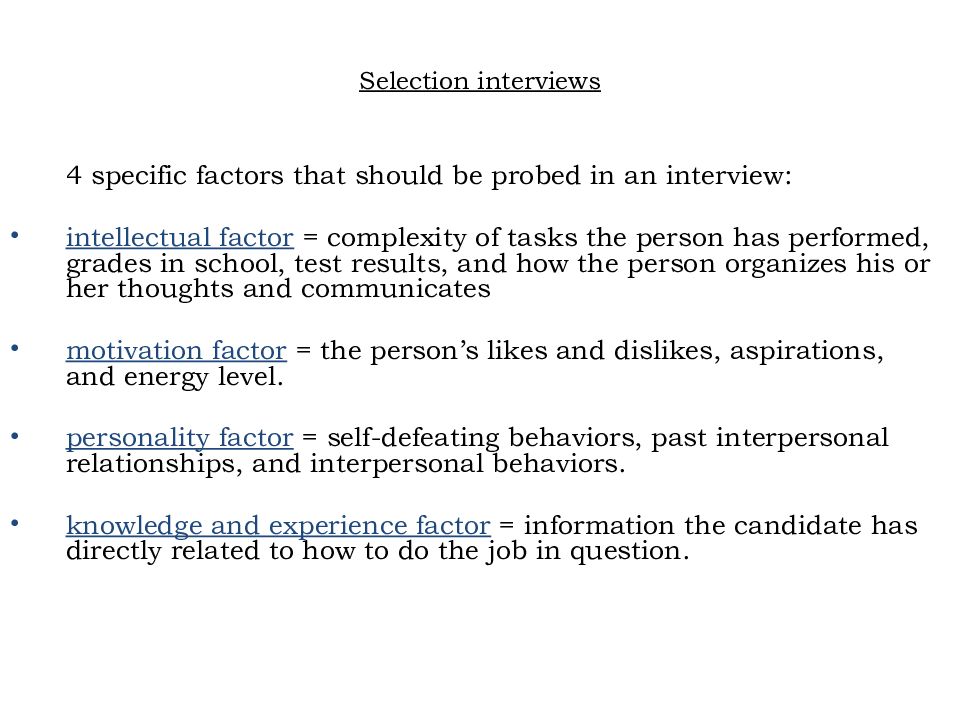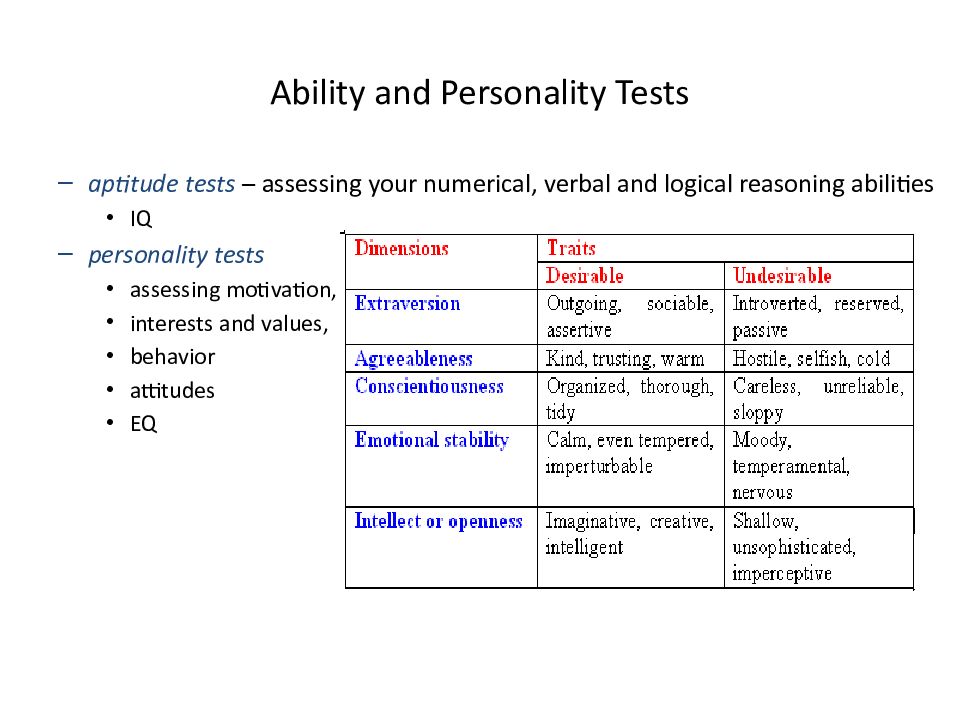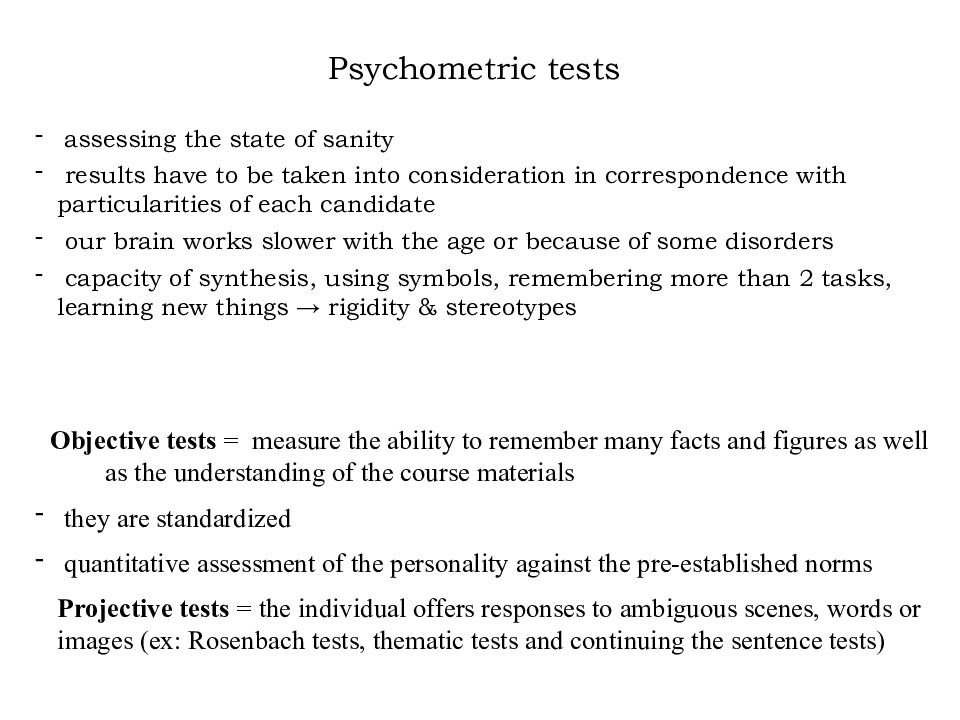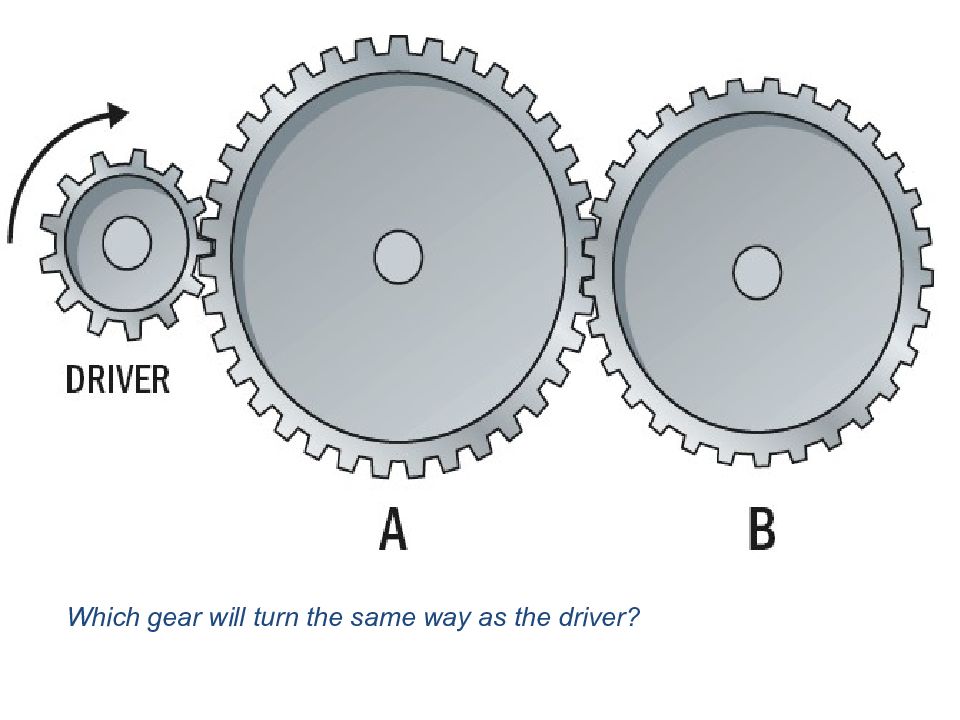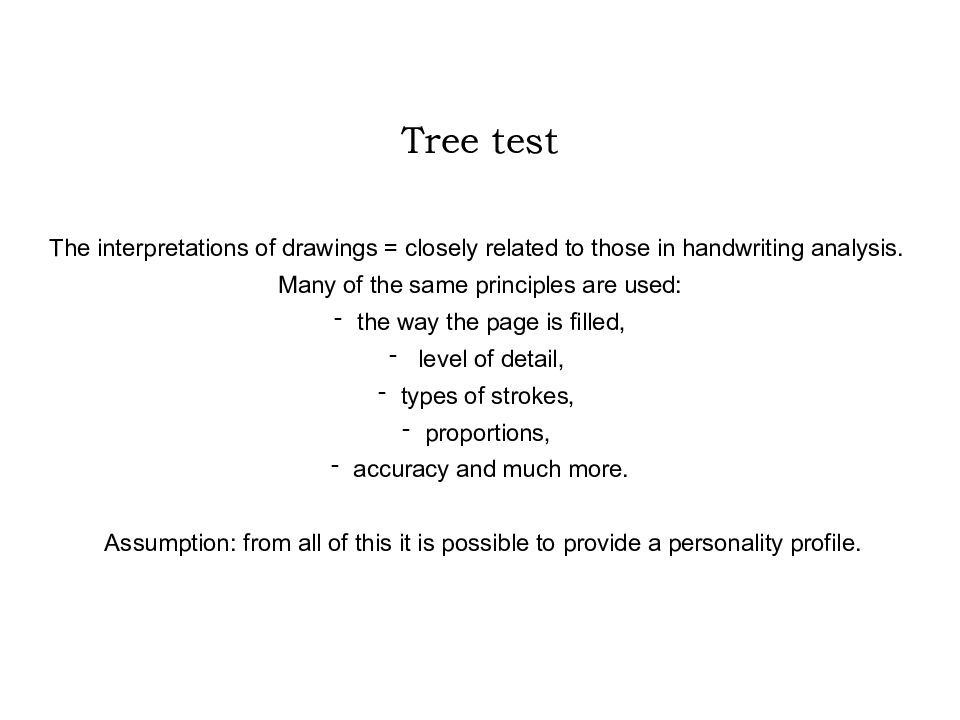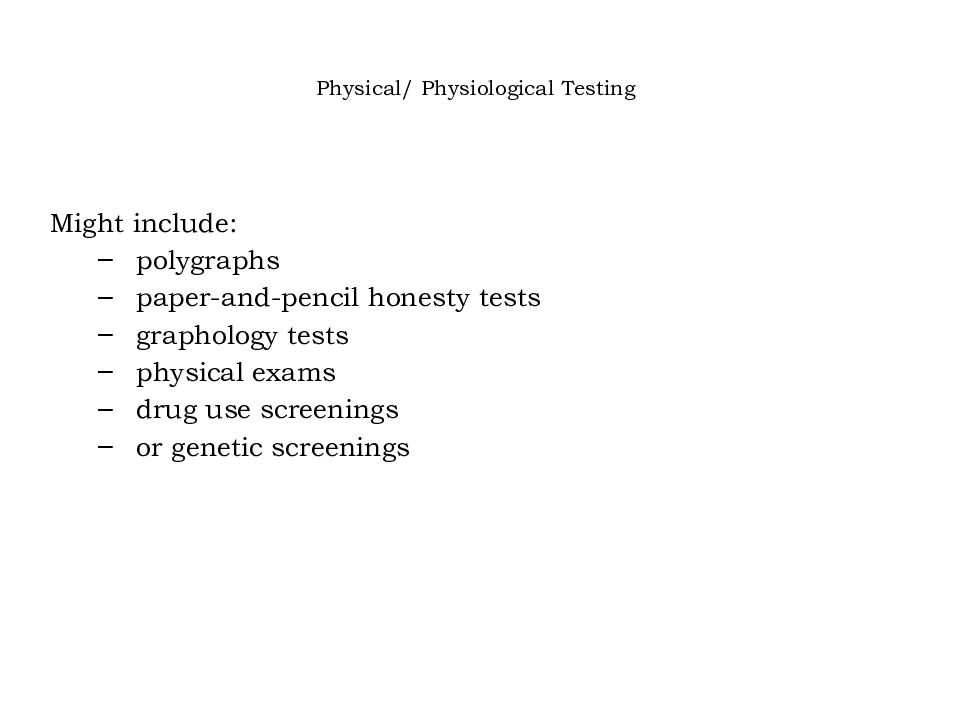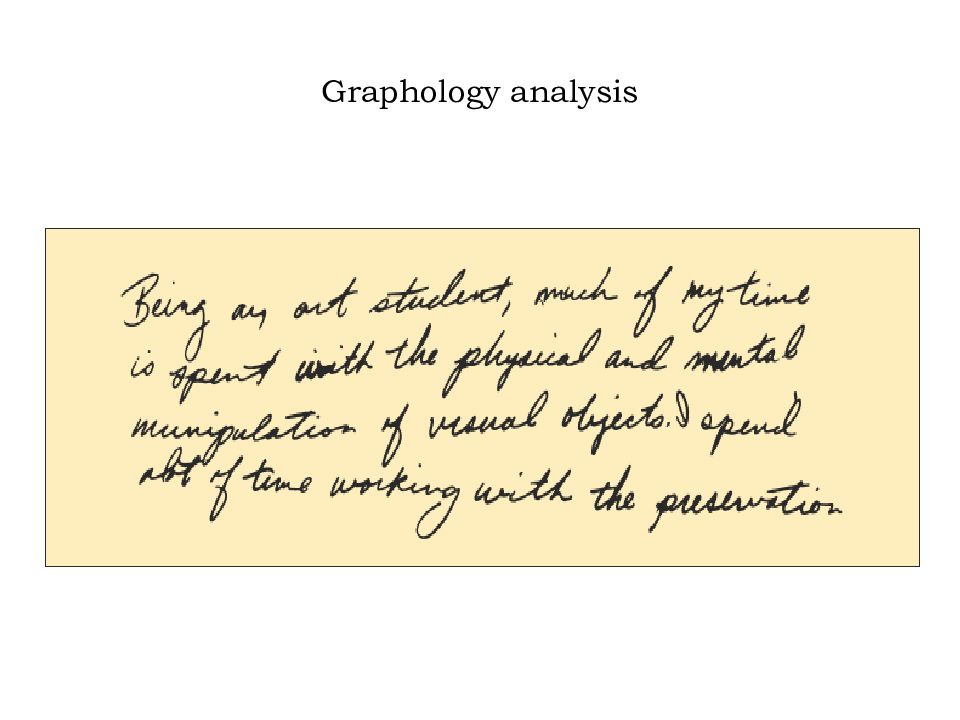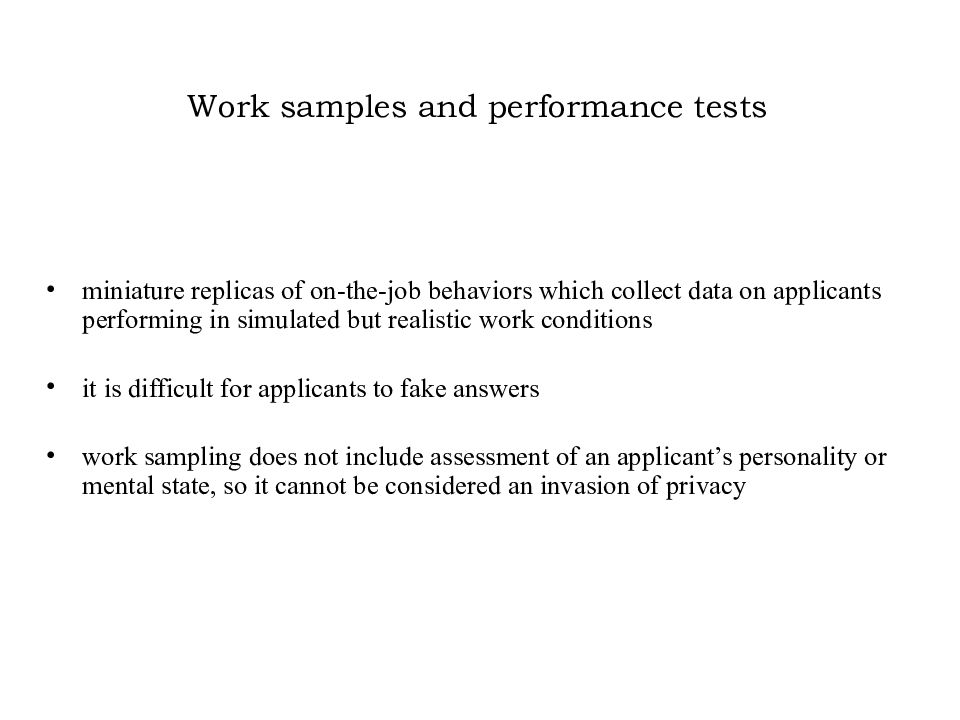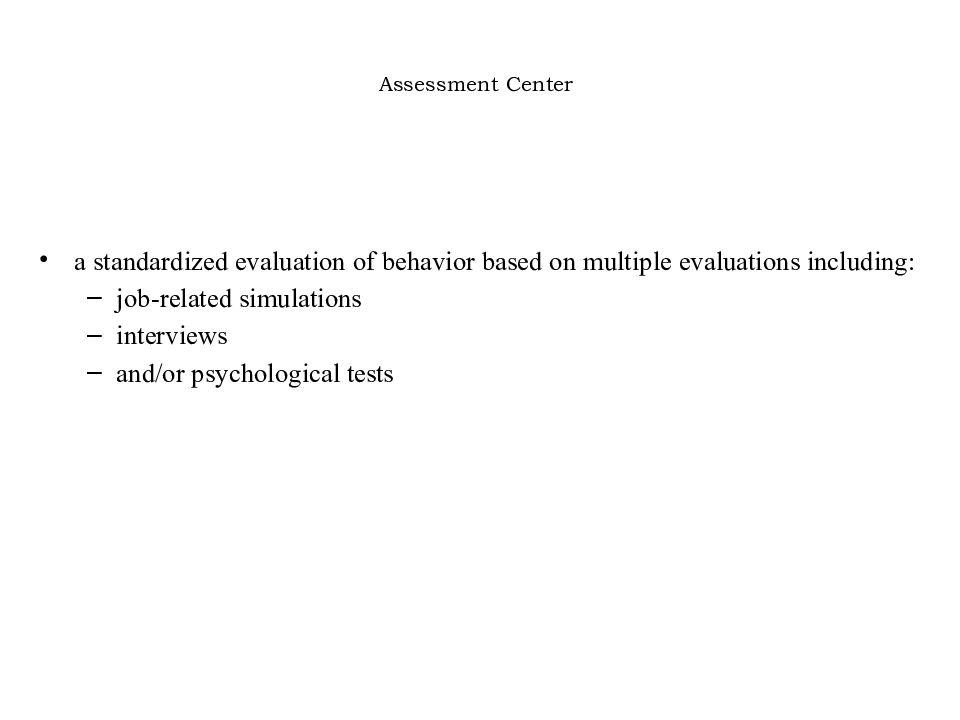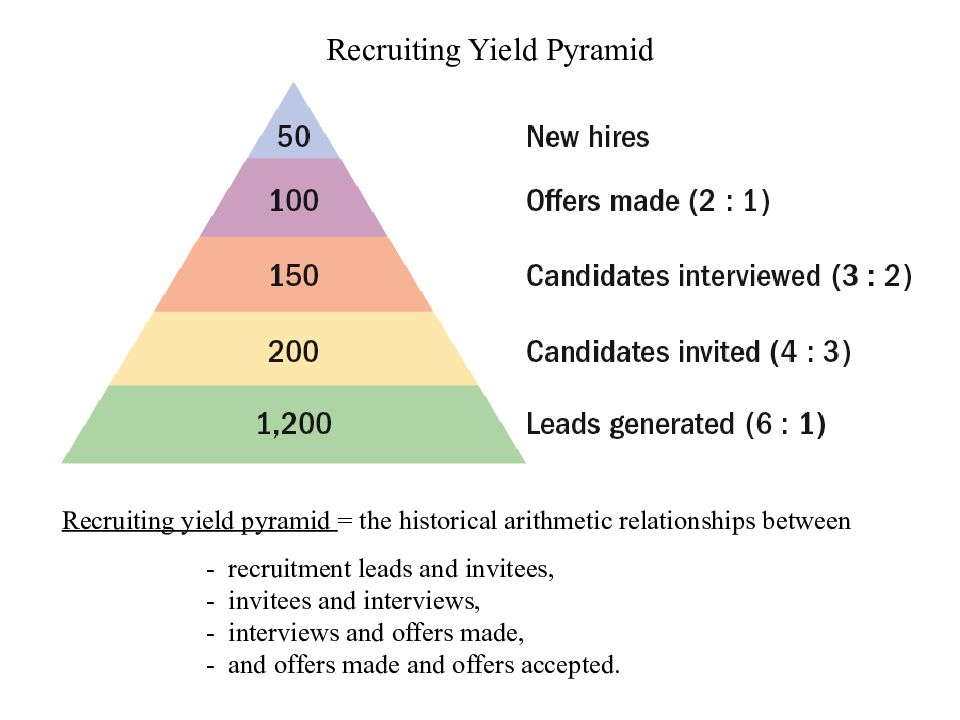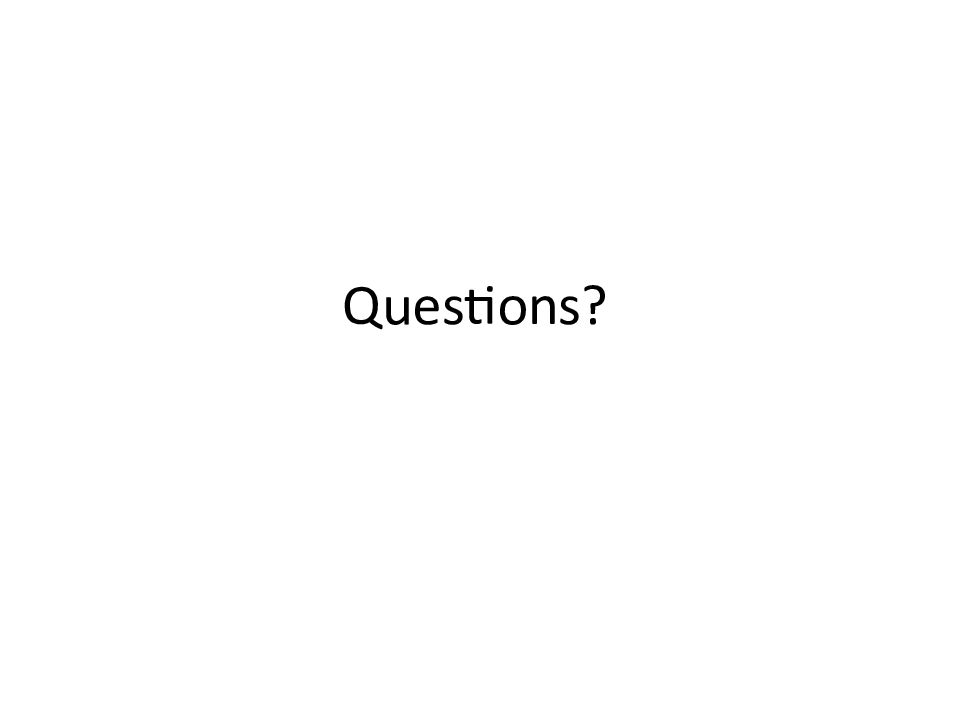Слайд 2
A n organization’s labor force people working in an organization having specific skills and knowledge with different perceptions, needs and goals
Слайд 3
& it’s impossible to draw some guiding lines and to win immediately a sustainable adhesion from every body, especially on the long run H RM works to ensure that employees are able to meet the organization's goals. As HRM ha s become viewed as more critical to organizational success, many companies have realized that it is the people in an organization that can provide a competitive advantage. The theoretical discipline ← assumption that employees are individuals with different perceptions, needs and goals
Слайд 4
The reality shows though that many employees remain undervalued, under trained, underutilized, poorly motivated and in consequence they will not fell mobilized to perform at the true level of their capabilities. "People are our most valuable asset" is a cliché which no member of any senior management team would disagree with.
Слайд 5
"The map is not the territory“ A. Korzybski WORLD neurological filters (our senses which are very subjective) socio-cultural filters (influenced by the environment that every person was born and lived in) individual filters (given by the personal experience) GENERALIZATION PROCESS DISTORTING PROCESS SELECTION PROCESS INDIVIDUAL WORLD MAP VERBAL COMMUNICATION NON-VERBAL COMMUNICATION
Слайд 6
HRM deals with the design of formal systems in an organization to ensure the effective and efficient use of human talent to accomplish organizational goals. GENERAL MANAGEMENT restricting its problems and subject to dealing with personnel HRM Holistic interdisciplinary strategic & coherent
Слайд 7: LINE MANAGER = is authorized to direct the work of subordinates ORDERS who is responsible for accomplishing the organization’s tasks
MANAGERS: LINE MANAGERS STAFF MANAGERS STAFF MANAGER = assists & advise s line managers , HR manager = STAFF MANAGER Staff function = assist s & advise s Coordinative function = coordinate s personnel activities Line function = inside his own dept. ( directs the activity)
Слайд 8: VACANCY = when an existing occupant leaves the organization when a new post is created through expansion & reorganization
Doing away with the work altogether Job enrichment = redesigning jobs in a way that increases the opportunities for the worker to experience feelings of responsibility, achievement, growth, and recognition Job enlargement = assigning workers additional same-level activities to increase the number of activities they perform Re-think the structure of the work & automate the work Sub-contracting (outsourcing) Working over-time Part-time position
Слайд 9
JOB ANALYSIS = determining the DUTIES & SKILLS required by a job & the CHARACTERISTICS of people who should be hired JOB DESCRIPTION = list of job’s duties, reporting relationships, working conditions WHAT THE WORKER DOES JOB SPECIFICATION = list of job’s human requirements personality, etc. essential characteristics desirable characteristics
Слайд 10: RECRUITMENT
WHAT TO LOOK FOR? WHERE TO LOOK FOR? WHO WILL TAKE CARE OF? HOW TO LOOK FOR?
Слайд 11: METHODS OF RECRUITMENT - - INFORMAL METHODS from inside the company
RECOMMENDATIONS ( referral recruitment) – risk of high subjectivism ( ex. Life insurance companies ) CONSULTING THE PORTFOLIO WITH HIRING REQUESTS GRADUATES HAVING AN INTERNSHIP (ex.Ogilvy) RE-HIRING FORMER EMPLOYEES ( once they left, it is very likely to leave it again ) ( ex. Martplast, life insurance companies ) PROMOTING INTERNAL CANDIDATES (ex. Procter & Gamble)
Слайд 12: METHODS OF RECRUITMENT - - FORMAL METHODS external sources
COMPANY ALONE ( using advertising agencies ) RECRUITMENT AGENCIES ( staff recruited through agencies has the tendency to move on quicker ) HEAD-HUNTING Companies EDUCATIONAL ESTABLISHMENTS
Слайд 13: Recruiting Yield Pyramid
Recruiting yield pyramid = the historical arithmetic relationships between - recruitment leads and invitees, - invitees and interviews, - interviews and offers made, - and offers made and offers accepted.
Слайд 14: SELECTION
The main objective of the selection process: to choose from a pool of candidates that individual who can most successfully perform the job SELECTION
Слайд 15: Why careful selection is important
Organizational performance always depends in part on subordinates having the right skills and attributes. Recruiting and hiring employees is costly. There are legal implications of incompetent hiring.
Слайд 17
A certain level of intelligence is absolutely necessary, but not enough! There should be a match between: people, their career needs and their capabilities = what the person could offer and jobs and possible career paths developed by the CO = what the environment could offer Not the best person but the most suitable one!
Слайд 19
‼ degree of reliability = stable results over time = one can test the consistency of scores obtained by the same person when retested with the identical or equivalent tests ‼ validity of the test = clear relationship between the selection procedure and the job for which the individuals are being selected ex: Does the test actually measure what we need for it to measure? criterion validity = shows that scores on the test ( predictors ) are related to job performance ( criterion ). ex: Are test scores in this class related to students’ knowledge of HRM ? … those who do well on the test also do well on the job and those that do poorly on the test do poorly on the job, too content validity = the test contains a fair sample of the tasks and skills actually needed for the job in question ex: Do the test questions in this course relate to HRM topics ? Not every test = an efficient and reliable one
Слайд 21: Zero Criterion Related Validity
Criterion Predictor Erroneous Acceptances Correct rejections Erroneous Rejections Correct Acceptances
Слайд 22
Success ratio The proportion of selected applicants who subsequently are judged successful
Слайд 23
Selection ratio The ratio of the number of available job openings to the total number of available applicants 0 < Selection Ratio < 1 High selection ratio is unfavorable to the organization Low selection ratio is favorable to the organization
Слайд 24
Possible steps in a general selection process A variety of selection techniques measures the applicant’s characteristics: - application forms, biographical information, interviews, ability tests, personality assessments, work samples, and physical/physiological characteristics.
Слайд 25: Application form
= a series of questions about the general suitability of applicants for employment - may request: name age gender marital and family status work history education and so on
Слайд 26: Biographical data
Biographical Information Blanks (BIBs) ask applicants questions about back-grounds, life experiences, attitudes, and interests these questions are statistically analyzed in order to determine which questions best predict future work behaviors. “When you were a teenager, how often did your father help you with your schoolwork?” Very often Often Sometimes Seldom Never Father was not at home
Слайд 27: Reference checks
collecting information from people who have previous experience with the applicant Reference givers can be contacted in person, by phone, or by mail.
Слайд 28: Verify that the applicant has provided permission before conducting reference checks
Candidate Name: Reference Name: Company Name: Dates of Employment: (From: and To:) Position(s) Held: Salary History: Reason for Leaving: Explain the reason for your call and verify the above information with the supervisor (including the reason for leaving) 1. Please describe the type of work for which the candidate was responsible. 2. How would you describe the applicant’s relationships with coworkers, subordinates (if applicable), and with superiors? 3. Did the candidate have a positive or negative work attitude? Please elaborate 4. How would you describe the quantity and quality of output generated by the former employee? 5. What were his/her strengths & weaknesses on the job? 6. What is your overall assessment of the candidate? 8. Would you recommend him/her for this position? Why or why not? 9. Would this individual be eligible for rehire? Why or why not? Other comments?
Слайд 29: Selection interviews - can be classified according to:
1) how structured they are Structured interviews Semi-structured interviews Unstructured interviews 2) the content - job-related interviews and stress interviews Situational Structured situational interviews ask candidates to address how they would handle a certain hypothetical situation Behavioral Structured behavioral interviews ask candidates to think of their own past experience 3) how they are administered by one person by a panel of interviewers computer-administered or phone interview
Слайд 30: Selection interviews
- group interview p anel interview = one interviewee and more interviewers m ass interview = more interviewees and one/more interviewers leaderless group discussion - individual interview
Слайд 31: Selection interviews
Structured a list of questions made in advance and not deviating from it very restrictive the applicant is unable to elaborate his answers. Semi-structured the interviewer prepares the major questions in advance, with some follow-up questions in areas of interest. Unstructured the interviewer prepares a list of possible topics to cover, and sometimes does not even do that. Advantage = spontaneity Disadvantage = digressions, discontinuity, and eventual frustration for both parties may result.
Слайд 32: Selection interviews
3 types of questions are contained in a structured situational interview - Situational: “What would you do if the machine suddenly began heating up?” - Job knowledge: “What is HTML?” - Willingness: “Are you willing to travel for work?”
Слайд 33: Selection interviews
4 specific factors that should be probed in an interview: intellectual factor = complexity of tasks the person has performed, grades in school, test results, and how the person organizes his or her thoughts and communicates motivation factor = the person’s likes and dislikes, aspirations, and energy level. personality factor = self-defeating behaviors, past interpersonal relationships, and interpersonal behaviors. knowledge and experience factor = information the candidate has directly related to how to do the job in question.
Слайд 34: Ability and Personality Tests
aptitude tests – assessing your numerical, verbal and logical reasoning abilities IQ personality tests assessing motivation, interests and values, behavior attitudes EQ
Слайд 35
Extraversion - associated with success in sales Extraversion, conscientiousness, and openness to experience - strong predictors of leadership Neuroticism - negatively related to motivation Conscientiousness - the most consistent and universal predictor of job performance Why is PERSONALITY important?
Слайд 36
Psychometric tests assessing the state of sanity results have to be taken into consideration in correspondence with particularities of each candidate our brain works slower with the age or because of some disorders capacity of synthesis, using symbols, remembering more than 2 tasks, learning new things → rigidity & stereotypes Objective tests = measure the ability to remember many facts and figures as well as the understanding of the course materials they are standardized quantitative assessment of the personality against the pre-established norms Projective tests = the individual offers responses to ambiguous scenes, words or images (ex: Rosenbach tests, thematic tests and continuing the sentence tests)
Слайд 39
Tree test The interpretations of drawings = closely related to those in handwriting analysis. Many of the same principles are used: the way the page is filled, level of detail, types of strokes, proportions, accuracy and much more. Assumption: from all of this it is possible to provide a personality profile.
Слайд 40: Physical/ Physiological Testing
Might include: polygraphs paper-and-pencil honesty tests graphology tests physical exams drug use screenings or genetic screenings
Слайд 42: Work samples and performance tests
miniature replicas of on-the-job behaviors which collect data on applicants performing in simulated but realistic work conditions it is difficult for applicants to fake answers work sampling does not include assessment of an applicant’s personality or mental state, so it cannot be considered an invasion of privacy
Слайд 43: Assessment Center
a standardized evaluation of behavior based on multiple evaluations including: job-related simulations interviews and/or psychological tests
Слайд 44: Recruiting Yield Pyramid
Recruiting yield pyramid = the historical arithmetic relationships between - recruitment leads and invitees, - invitees and interviews, - interviews and offers made, - and offers made and offers accepted.
